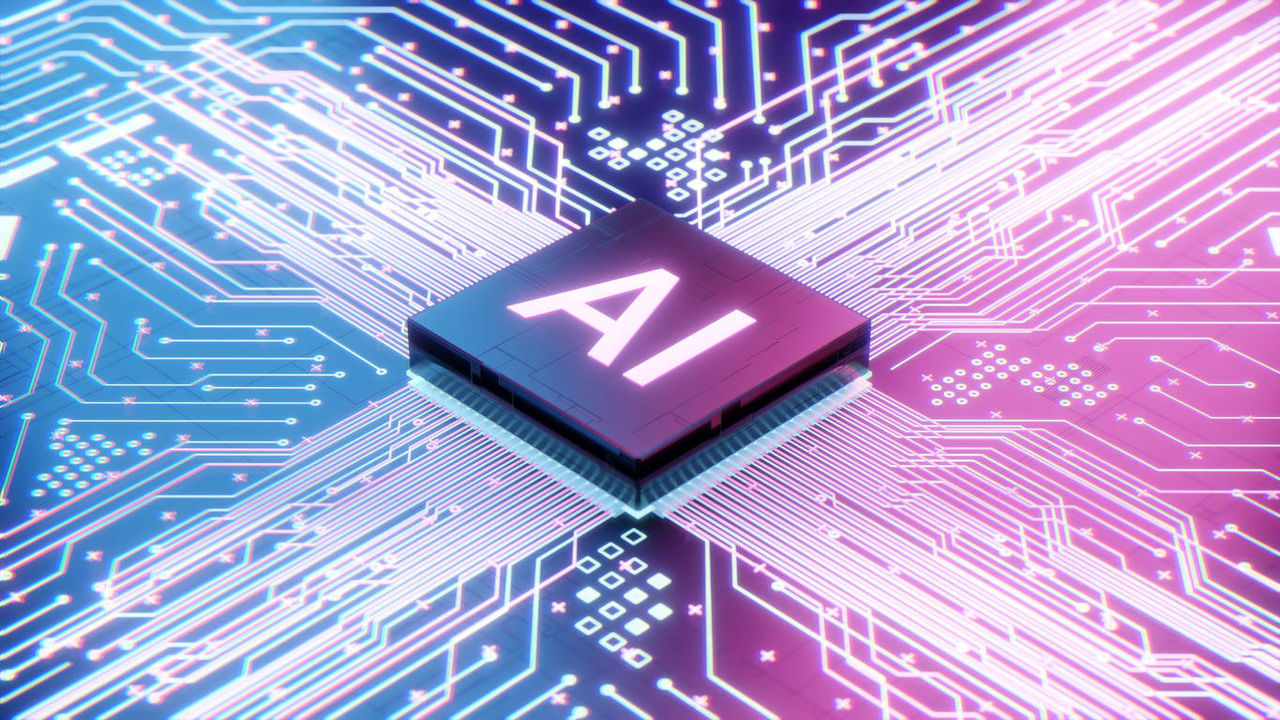In their rush to embrace the latest technology, many businesses are rolling out AI tools without a plan for integrating them into existing processes. The results can be akin to the sprawling Winchester Mystery House in San Jose, Calif., whose haphazard expansion led to a building that’s anything but practical, said Kristen Howe, SHRM’s vice president of SHRM Business Products, at the SHRM Visionaries Summit 2024.
But when leaders invest in a thoughtful AI adoption model, they can implement new tools and processes to support the overall business strategy, much like architect Frank Lloyd Wright did with his masterpiece Fallingwater in Mill Run, Pa., which exists in harmony with the surrounding environment, Howe said. HR leaders are well-positioned to bring people, processes, and tools into alignment, but 2024 SHRM research found that 95% of HR leaders have moderate to no involvement in the implementation of AI.
To help HR leaders take a more proactive approach, Howe introduced a new model from SHRM that breaks successful strategic AI adoption down into four key components that build on one another to create strategic alignment between the needs of the business and the opportunities presented by AI.
Empower: Crafting a Clear Vision
AI integration requires clear strategic objectives and well-defined specific use cases to ensure its success within an organization. For instance, leveraging AI to enhance customer experience can significantly improve service quality, leading to smoother interactions and increased satisfaction among clients. Leaders can achieve this by asking the right questions, such as:
- What’s our strategic goal?
- What is the business problem we face?
- How do we improve the customer experience?
Notice that none of these questions mention AI directly. When businesses start a technology adoption process by looking for use cases for a hot new tool, they’re neglecting the larger business strategy in which the tool will be used, Howe explained.
Steward: Establishing Ethical Guidelines
AI implementation must adhere to a rigorous ethical framework to ensure responsible and fair use. Howe emphasized the importance of creating accessible and actionable policies that guide AI development and deployment. She noted that it’s much harder to put ethical guardrails, data privacy protections, and other governance measures in place after adoption has already begun.
By embedding ethics into AI solutions, organizations can fortify trust among stakeholders, ensuring that AI technologies contribute positively to society and align with human values. Moreover, Howe said that continuous evaluation and adaptation of these ethical guidelines are crucial as AI technology evolves, enabling organizations to stay ahead of potential ethical challenges.
Explore: Encouraging Experimentation
In the explore phase, a company thoroughly tests various AI use cases to determine their viability and effectiveness. Howe emphasized the need for a testing environment that encourages cross-functional collaboration and empowers workers to experiment with AI tools in a safe environment. These environments should be designed to gather and incorporate employee feedback, enabling iterative improvements and learning while increasing employee engagement. At the same time, the organization should study the business impact of using the tools so that their application can be refined over time.
Coordination between HR and IT is vital during this phase. Embedding IT with HR for this process can improve the former’s approach to change management by helping it focus on how people are actually using the tech, which can lead to a smoother adoption curve down the road, Howe added.
Activate: Building Workforce Readiness
Once an organization has rolled out an AI solution, it should prioritize workforce skill development to maximize the tool’s impact. This training isn’t a one-and-done affair, Howe noted, but rather part of instilling a continuous learning culture. A trust gap often exists between employees and organizational intentions regarding AI, primarily due to a need for understanding and apprehensions about its impact on job security and work processes. Workers may question AI’s benefits, fearing that it might replace human jobs or alter their roles in undesirable ways. Howe underscored the importance of transparent communication and active employee involvement in alleviating these concerns.
For an AI adoption frame to be successful, organizations must articulate AI’s advantages, such as increased efficiency and the potential to enhance job performance, while also ensuring that they address specific worries employees might have. By proactively addressing concerns and engaging employees in the implementation process, organizations can transform skepticism into commitment, fostering a more harmonious relationship with AI technologies and encouraging a culture of innovation and adaptability.
Charting the Path Forward
Howe’s framework offers business leaders a comprehensive strategy for successful AI adoption, paving the way for enhanced operational efficiency and innovation. By empowering teams with clearly defined objectives, this framework ensures that all members are aligned and focused on shared goals.
Learn more about applying for the SHRM AI+HI Enablement Program, which is designed for forward-thinking organizations that are ready to integrate AI with human insight to achieve transformation.




